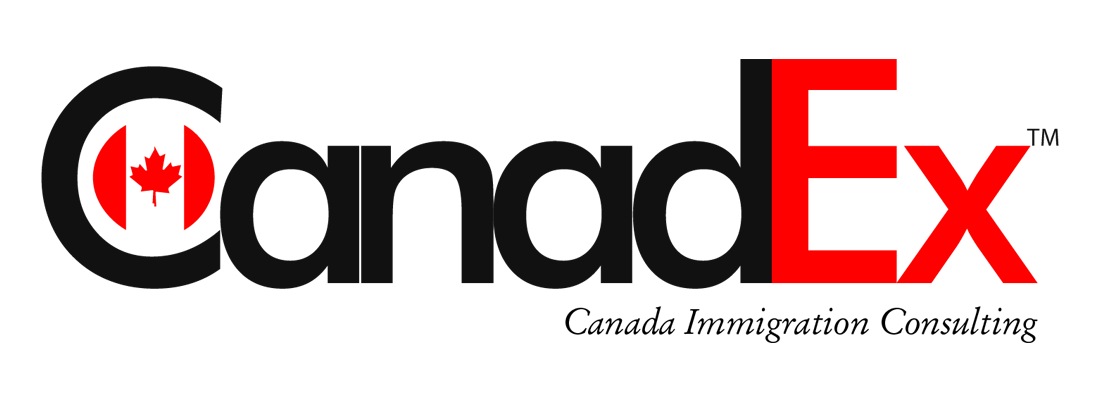Canada is facing a critical shortage of healthcare workers, fueled by an aging population and low birth rates. To address this issue, Immigration Refugees and Citizenship Canada (IRCC) has introduced category-based selection draws under the Express Entry system. This blog post will discuss the recent first-ever category-based draw for healthcare workers, highlight the importance of healthcare occupations in Canada’s labor market, and explore how these initiatives are helping bridge the healthcare worker gap.
The First Category-Based Selection Draw for Healthcare Workers
The IRCC invited 500 healthcare workers to apply for permanent residency in Canada under the new Express Entry category-based selection draws. These draws aim to streamline immigration processes for specific occupations and fill critical labor gaps. Candidates were required to have a minimum Comprehensive Ranking System (CRS) score of 476. This draw marks an important milestone in addressing the shortage of healthcare workers in Canada.
Overview of Healthcare Occupations in Category-Based Selection
The IRCC announced six new categories under the Express Entry system, with healthcare occupations making up the largest number of eligible professions. There are a total of 35 eligible healthcare occupations, ranging from general practitioners and nurses to therapists and psychologists. Some examples include:
- Audiologists and speech-language pathologists
- Dentists
- Nurses (registered nurses, nurse practitioners)
- Physiotherapists
- Pharmacists
- Psychologists
These categories cover various roles within the healthcare sector, ensuring that a wide range of professionals can contribute to meeting Canada’s healthcare demands.
Importance of Addressing the Healthcare Worker Shortage
Canada’s aging population and low birth rates have created a significant demand for qualified healthcare professionals. It is estimated that within the next seven years, nine million Canadians will reach retirement age. This demographic shift will further strain the healthcare system and increase the need for skilled workers. By attracting international healthcare professionals, Canada can bridge this gap and ensure quality healthcare services for its citizens.
Job Vacancies in the Healthcare Sector
To understand the severity of the healthcare worker shortage, recent job vacancy data from Statistics Canada reveals that there were approximately 144,500 vacant positions within the healthcare and social assistance sector as of March 2023. These vacancies account for 17.7% of all unfilled positions in Canada’s labor market. These numbers highlight the urgent need for additional healthcare workers to meet growing demands.

Provinces’ Efforts in Recruiting Healthcare Professionals
Recognizing the importance of addressing the healthcare worker shortage, several provinces and territories have implemented targeted streams under their Provincial Nominee Programs (PNP) to attract and retain qualified healthcare professionals. For instance:
- Alberta recently launched a Designated Healthcare Pathway under the Alberta Advantage Immigration Program.
- British Columbia invites healthcare professionals to nearly every BC PNP draw.
- Ontario recently invited 318 foreign workers to a healthcare occupation.
These initiatives complement the federal category-based selection draws and provide additional pathways for eligible candidates to establish their careers in specific regions of Canada.
The Role of Category-Based Selection Draws
Category-based selection draws were made possible by changes made to the Immigration and Refugee Protection Act in June 2022. These changes allow Canada’s immigration minister to select economic immigrants based on key attributes that support economic priorities or promote French-speaking immigration outside Quebec. The categories were chosen after extensive discussions with provincial governments, territorial governments, and other stakeholders who provided valuable insights into labor force gaps.
Eligibility Criteria for Occupation-Specific Categories

To qualify under occupation-specific categories like healthcare, candidates must have at least six months of continuous work experience in one of the listed occupations within the past three years. This experience can be obtained either in Canada or abroad, ensuring that international healthcare professionals can also contribute their expertise to the Canadian healthcare system.
Addressing the Healthcare Worker Shortage through Express Entry
The introduction of category-based selection draws for healthcare workers under the Express Entry system is a significant step towards addressing Canada’s healthcare worker shortage. These draws provide a streamlined pathway for eligible candidates to immigrate and contribute their skills to the Canadian labor market. By attracting talented and experienced healthcare professionals from around the world, Canada can ensure access to quality healthcare services for its population.
Conclusion
Canada’s first-ever category-based selection draw for healthcare workers highlights the country’s commitment to addressing the critical shortage of healthcare professionals. The inclusion of various occupations within the healthcare sector in these draws demonstrates an understanding of the diverse needs and demands within this field.
Through these initiatives, Canada is actively working towards bridging the gap between supply and demand in its healthcare workforce, ultimately benefiting both its citizens and immigrants seeking opportunities in this vital sector.
Want to Immigrate to Canada?
In order to take advantage of this new category-based opportunity in the Express Entry system, you need to create an Express Entry profile and join the pool of candidates.
